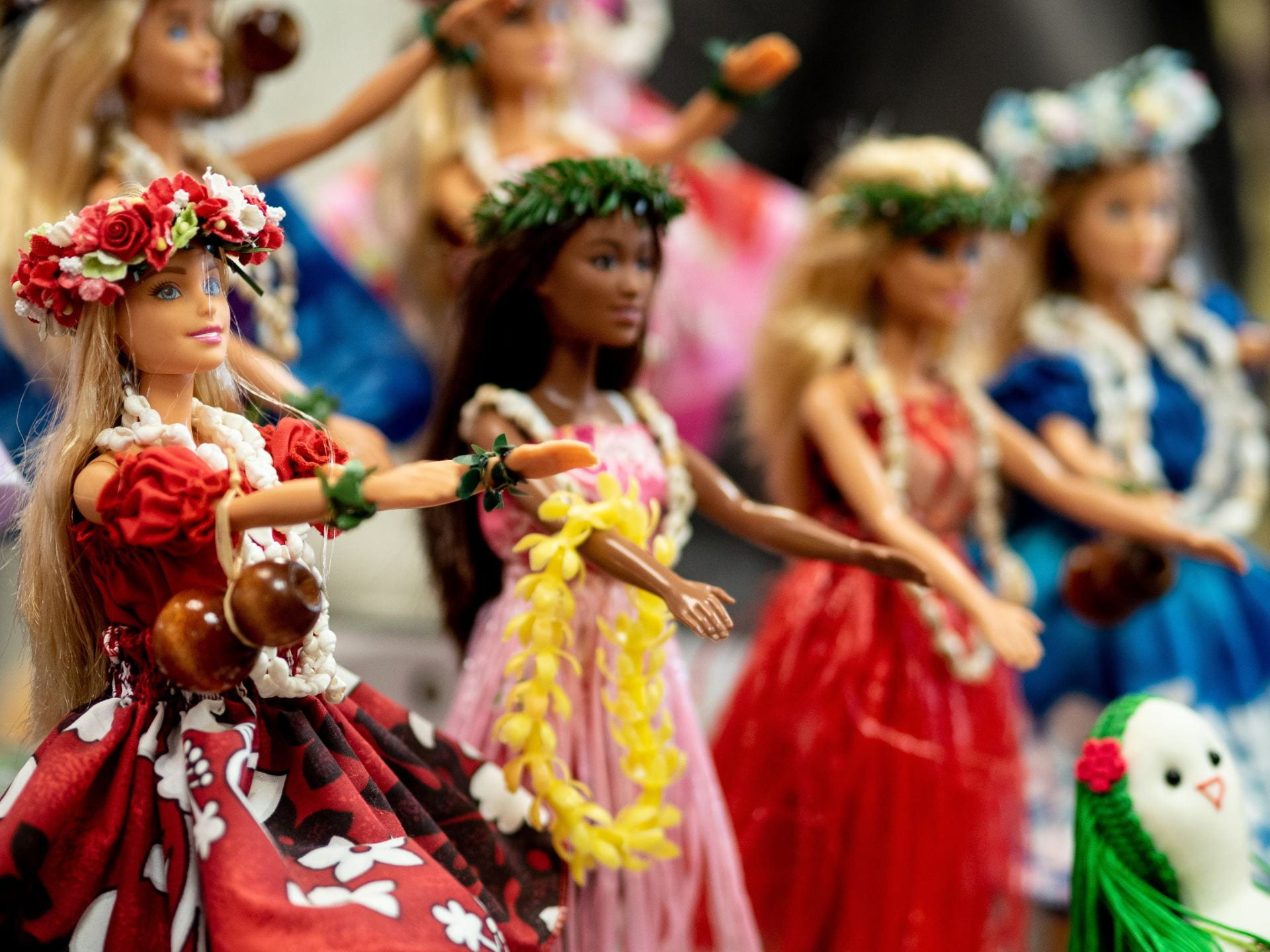
There are few symbols more synonymous with the beautiful island of hawaii than Hawaiian leis. Gorgeous garlands worn by locals and visitors alike, are a testament to the tropical beauty of the island and help to add a beautiful splash of color to any scene. Although typically made with orchids, they can also be made with a variety of different flowers and materials. There are also a multitude of ways for a lei to be made from hipu’u (knotting the stems of the flowers together akin to a daisy chain) to kui (threading the material onto a string or thread). As such, leis can come in a variety of shapes, sizes, colors and meaning.
The Hawaiian lei does indeed play some very important historical and cultural roles in Hawaii, thus the reason for its popularity and the longevity of the practice throughout the years. While it’s role in Hawaiian society has changed slightly over the course of history, the fact of the matter is that it manages to remain a relevant and an iconic part of life on the island. However, how many of us can safely say that we actually know the historical and cultural value of the lei?
Origins Of The Lei
A lei is a garland or wreath which is common not just to Hawaii but also to many other areas of Polynesia. Although you are likely most familiar with the garland being made of flowers, a more general definition would be any number of objects strung together with an intent to be worn. Leis can take a variety of forms and serve a variety of functions including the welcoming of a guest, the departing of a loved one or even as a congratulations to graduates. The lei gained popularity in Hawaii since it was commonly presented to arriving and departing tourists.
Leis were brought to the Hawaiian islands by early Polynesian voyagers. In Polynesian culture, leis were often made by an individual and given to someone with the intent to decorate the recipient for an emotional reason. Most commonly, this is done as a sign of affection but it could also be used as a greeting, to show appreciation or just to draw attention to the recipient. Many modern polynesian celebrations still include the giving and receiving of leis in some form and they still play a significant role in local cultures in places such as the Cook Islands and Samoa.
Ancient Hawaiians would wear leis in order to beautify and distinguish themselves from their peers. One of the most culturally and historically significant leis was arguably the Maile lei . Among other sacred uses, it was used as a symbol of peace between opposing chiefs. Chiefs would gather in a Heiau (temple) and symbolically intertwine green Maile vine to signify peace and unity between the previously opposing chiefs. The completion of the lei would officially signify an established peace between the two groups. As such, it played an important role in the negotiation of conflict between different tribes.
Lei Customs And Traditions
Although leis have become a relatively common sight, that doesn’t mean that they’ve lost any of their cultural significance. There are a number of important customs and traditions when it comes to wearing and disposing of lei. Considering the importance that lei have played in Polynesian and Hawaiian culture, it is only proper to treat them in a respectful and sensitive manner. Leis often hold much symbolic meaning and emotional importance to their maker and thus it is important to be aware of how to do certain things such as receiving and (eventually) discarding them.
Traditionalists will typically give the lei by bowing slightly and raising it above their heart, allowing the recipient to take it. This is done because raising the hand above another’s head or touching their face is generally considered disrespectful. If you are unable to wear the lei for whatever reason including allergies or because it might interfere with your work (e.g.: getting tangled in the strings of an instrument), then you’re expected to place the lei in a visible place of importance and honor (such as the microphone stand of the musician). Open leis are also typically only given to pregnant and breastfeeding women.
Leis should definitely not be casually thrown away or tossed into the trash. This would be seen as literally throwing away the feelings of the person who made it for you. For similar reasons, one should noct a lei when it is offered to them since it can be seen as the rejection of the giver’s feelings. A lei (traditionally) should be returned to the place that they were gathered, however if that’s not possible then they should be returned to the earth by burying, hanging from a tree or burning. Many leis can also be left out to dry so that they can be preserved and their fragrance can last for longer.
Leis are a beautiful part of Polynesian and Hawaiian culture and can bring much beauty and joy into the lives of their recipients. They are often a sign of affection and can hold a number of significant meanings depending on the context. So the next time you receive one, think of the fact that its a physical representation of the giver’s affection for you and that you’re holding onto a piece of a beautiful and complex tradition.